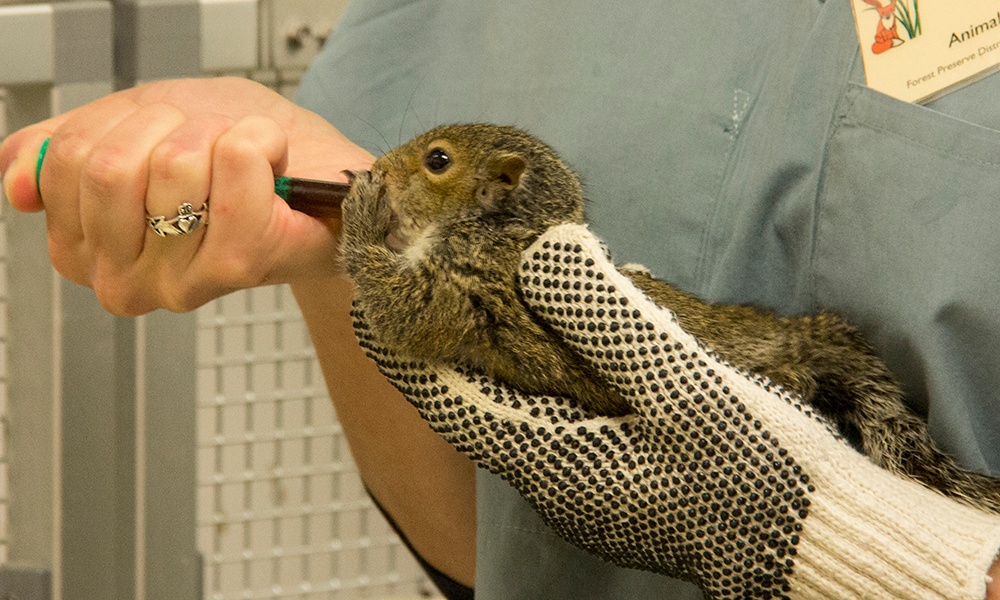Stephanie Touzalin is an education specialist at the Forest Preserve District of DuPage County's DuPage Wildlife Conservation Center. Stephanie has a degree in natural resources and environmental science with a focus on fish-and-wildlife conservation and delivers programs about animals that are native to the DuPage forest preserves.

